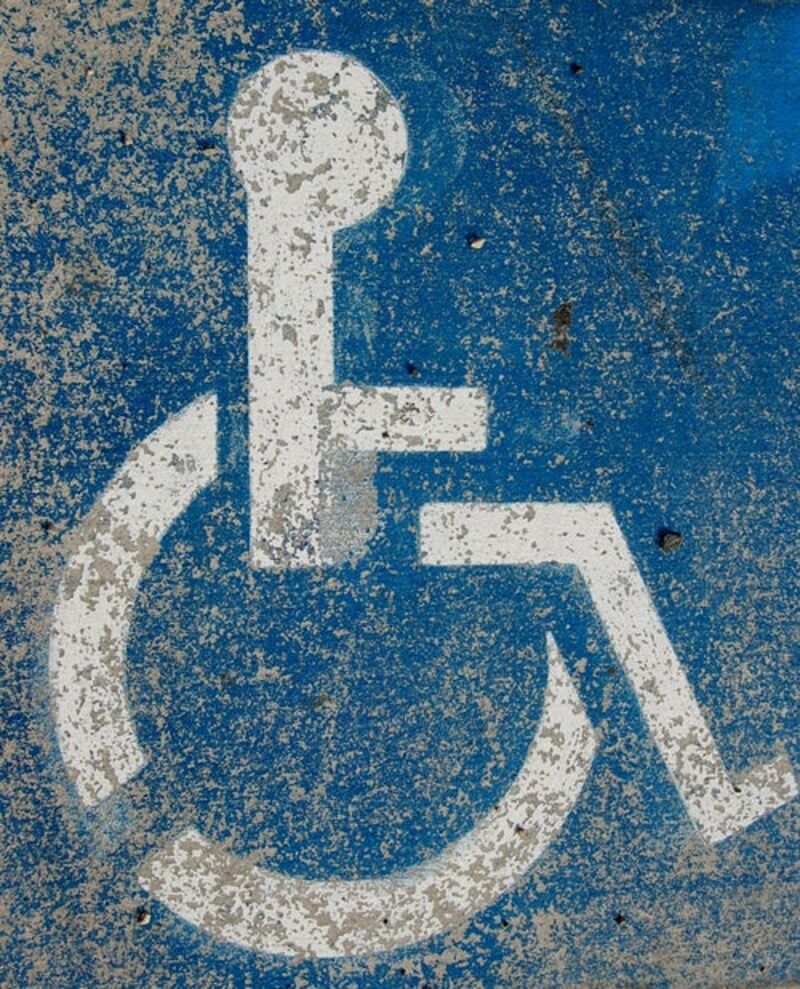
There are many statistics around the disability population in the United States. It’s hard to put a number to how many people have a disability. This is because different agencies and surveys classify disabilities differently. In 2018, the Centers for Disease Control and Prevention reported that 61 Million people in the US have a disability. This number represents 25% of the population. In 2016, the American Community Survey reported that 40.7 Million non-institutionalized people in the US have a disability. This represents 12.8% of the population. And, in 2010, the US Census Bureau reported that 56.7 Million people in the US have a disability. Representing 19% of the population.
There are several factors that account for this variance in reporting. One thought is that these data were collected in different years, so information could be skewed over time. Another thought is that, when collecting data, individuals self-report. Some individuals may have a disability, but do not identify as having a disability, therefore they do not report it. This is especially common among those who have an invisible disability. A third factor is that the definition of a disability may be different from one organization to the next.
In 2008, the ADA Amendments Act was passed. This Act defines disability as a physical or mental impairment that substantially limits a major life activity. Major life activities include (but aren’t limited to): working, talking, hearing, seeing, walking, and caring for yourself. It’s important to note that the use of mitigating measures do not remove the “substantially limit” portion of the ADA definition of disability. For example, the use of a cochlear implant for a person who is deaf does not eliminate their disability.
Some examples of specific impairments that could be included as a disability include:
- A person who is deaf
- Partial or Complete Limb Loss
- Cancer
- Epilepsy
- Muscular Dystrophy
- Multiple Sclerosis
- A person who is blind
- Mobility Impairments
- Cerebral Palsy
- Brachial Plexus Palsy
- HIV infection
- Major Depressive Disorder
- Schizophrenia
- Diabetes
- Bipolar Disorder
- Intellectual Disability
- Autism
- Post-Traumatic Stress Disorder
Let me be clear: This is not an exhaustive list! Whether or not an impairment is a disability is dependent on how it affects the individual. Some disabilities are obvious, like the use of a wheelchair. While others may be invisible, like a person who has a traumatic brain injury.
The ADA definition of disability also includes individuals with a record of an impairment or a person who has been regarded as having an impairment. Having a record of an impairment could include a person who is in remission from cancer. Being regarded as having an impairment could include the assumption that a Veteran has Post Traumatic Stress Disorder.
The ADA also protects individuals who are discriminated against because of their known association with a person who has a disability. For example, if a person is passed over for a promotion because their spouse has a disability, they are protected.
The definition of disability can be confusing. The ADA covers rights and responsibilities for employers, state and local governments, businesses and non-profit services. Understanding who is protected by the ADA is a critical piece to understanding the law and how it is implemented. The regional ADA Centers are here to assist with any questions about the definition of disability.